Born To Fly
I previously stated that I would only write when stoned. I have not used cannabis in several months, honest. So where was I, oh yeah, born to fly.
Yes I was. So was my brother Ralph and lifelong friend Roger.
Preferably as a WW I fighter pilot. Born too late for that, but I still feel lucky for the force guiding me along the path between the bullets to fly slicks. My first tour convinced me that I had to fly scouts. I talked two of my flight school buddies into joining me in requesting scouts, they both made it but I was not selected. They survived but it was harrowing for both. I’m told there were moments when they may have mentioned my name in conjunction with several expletives. I believe I would not have survived a tour in the scouts, I was better suited as the Yossarian of slick drivers.
Yossarian’s tactics appealed to me. The longer you remained in one predictable mode of flight the longer you gave the bad guys time to aim. Emulating the flight of a grasshopper seemed more conducive to longevity than 80 kts straight and level at 300 ft. Below 3000 feet maximum speed and minimum altitude was much safer. And a whole lot more fun. If there was one thing the brass hated it was anyone having fun. That was just plain unprofessional. I always thought it was just plain rude to get blown out of the sky.
Some of the maneuvers we used to avoid bullets were quite invigorating (or terrifying if you were a passenger in the back). A lot of our missions required landing in a hastily prepared one ship LZ in an area with bad guys carrying guns all around. We would begin descent from a safe altitude with a tight spiraling auto rotation, rapidly developing a very high rate of descent (remember to pull a little pitch to prevent overspeeding the rotor). The trick was to roll out of the descent with the highest speed and lowest altitude you could manage just over the treetops. When you got to the LZ you would roll into a 90 degree bank and bleed off a bunch of airspeed then roll out of the turn and be on short final when you passed through transition. Piece of cake.
I found that if you could explain the maneuver in technical detail and provide a rationale (thanks again Yossarian) they would let you use it. Otherwise, you were chided and branded a “hotdog” and told to never do that again. This is getting long so enough for now.
Digressing again.
Growing up I loved making models. Almost all of them were boats or planes. The father of one of the guys in my fourth grade class was an executive at the Revell factory in LA. Our fifth grade class took a field trip to the factory where we all got a model as a parting gift. Once his family cat had kittens and he offered anyone who would take a kitten their pick of any model Revell made. I chose the aircraft carrier USS Forrestal, at the time the equivalent of the Death Star.
When I graduated to model airplanes that actually flew, I was hooked. Ralph taught me how to build them. We would place the full sized plans over a sheet of cardboard. Then we would place waxed paper over the plans. That would enable us to use straight pins to hold down 1/8″ square strips of balsa wood over the plans and glue them together. The result was a fuselage side looking like one side of an oil derrick or a wing structure, complete with leading edge, main spar, ribs and trailing edge all made from a sheet of balsa. Some kits included many sheets of stamped parts that you had to carefully push out of the sheet and sand the edges smooth. This was a bit tedious but better than the sets that were just printed on sheet balsa and you had to cut every part out with an exacto knife.
The assembled parts were covered with tissue paper which was dampened with water and gently placed over the outside of the frame over which a bead of glue had been hastily applied on every inch. It was magic when the paper actually stuck and dried tight as a drum. The final product was given a little more durability and beauty with the application of several coats of dope.
I mostly built gliders or “free flight” powered gliders. Launched by towline, a successful flight would have the glider smoothly turning wide circles to gently touch down in a grassy field. The powered gliders had a small engine that (theoretically) took the glider up to altitude and then ran out of gas to gently glide back to the launch site. What could possibly go wrong. A lot of our flights looked like those black and white films of the first attempts at maned flight. The difference being we had no loss of life.
One had to thoroughly assess the threats before releasing your creation to the whims of the wind. Remote control was far too expensive to even think about. I finally built a Heathkit 5 channel remote control system in flight school but that is another story. Just how well the whole mess would fly depended on the amount of attention to detail that was applied during construction. If a wing dried in a warped shape a death spiral was the result. Most of our creations would fly, some very well.
The whole process culminated in that first test flight. We would have to have little or no wind and a forgiving landing area, which was no problem in the rural west San Fernando Valley in the 50’s. We had large vacant lots with knee high wild wheat and rye grass all around our house. For the first flights we would face the gentle breeze and gripping the fuselage at the center of gravity, carefully launch the plane. You had to be careful to launch it into perfectly level flight, if it was launched in a climbing attitude it might stall and crash. If launched in a dive it might be a really short flight. It usually took several flights to get the weight and balance just right. If the CG was too far aft a series of mini stalls and dives would result; not conducive to a safe landing. Too far forward and a dive with increasing air speed would result in a hard landing or crash. Trimmed out just right, it would fly straight and level maintaining an air speed just above stall. Then we could put in a little bit of rudder or aileron to result in that gentle circling flight that would keep it in the neighborhood when launched with a tow line.
At this point we would launch from increasingly higher altitude until the inevitable crash. I think nature abhors uncontrolled flight. Most models eventually reached a state where post crash repair was no longer possible. They would be given a fiery Viking like funeral in the air. Very few retired to hang suspended in mid flight from thread attached to the ceiling.
Ralph kept building bigger and faster planes until he finally built one he could fit into, barely.
A formula I racer, it was called “The Wise Owl” after the designer, George Owl. Ralph modified it extensively. All the mods reduced drag and enhanced performance. He built it inside the house he was renting while he was stationed at the Marine base in Yuma, AZ. He was pretty well along about the time I got out of the Army and he invited me to join him and help finish it. It was his plan to race at the Reno Air Races in 1971. I jumped at the idea. So I moved in with my dog, also named Ralph, and got a job driving the fuel truck for the FBO at the airport.
We pretty much lived on hamburgers, Tab, cantaloupe and watermelon. Cantaloupe was 20 for a dollar at the roadside stands. We would also regularly attend “happy hour” at the local mexican restaurant which served up nachos by the dozen. All we did was eat, drink and work on the airplane, who could ask for more?
We went to Reno and I was Ralph’s pit crew. The “pit” was heaven. Full of some of the greatest airplanes ever to fly. When the WW II fighters started up and roared by you could feel the vibration through your whole body. Hell, with that much power you could pretty much make anything fly.
Ralph’s formula I
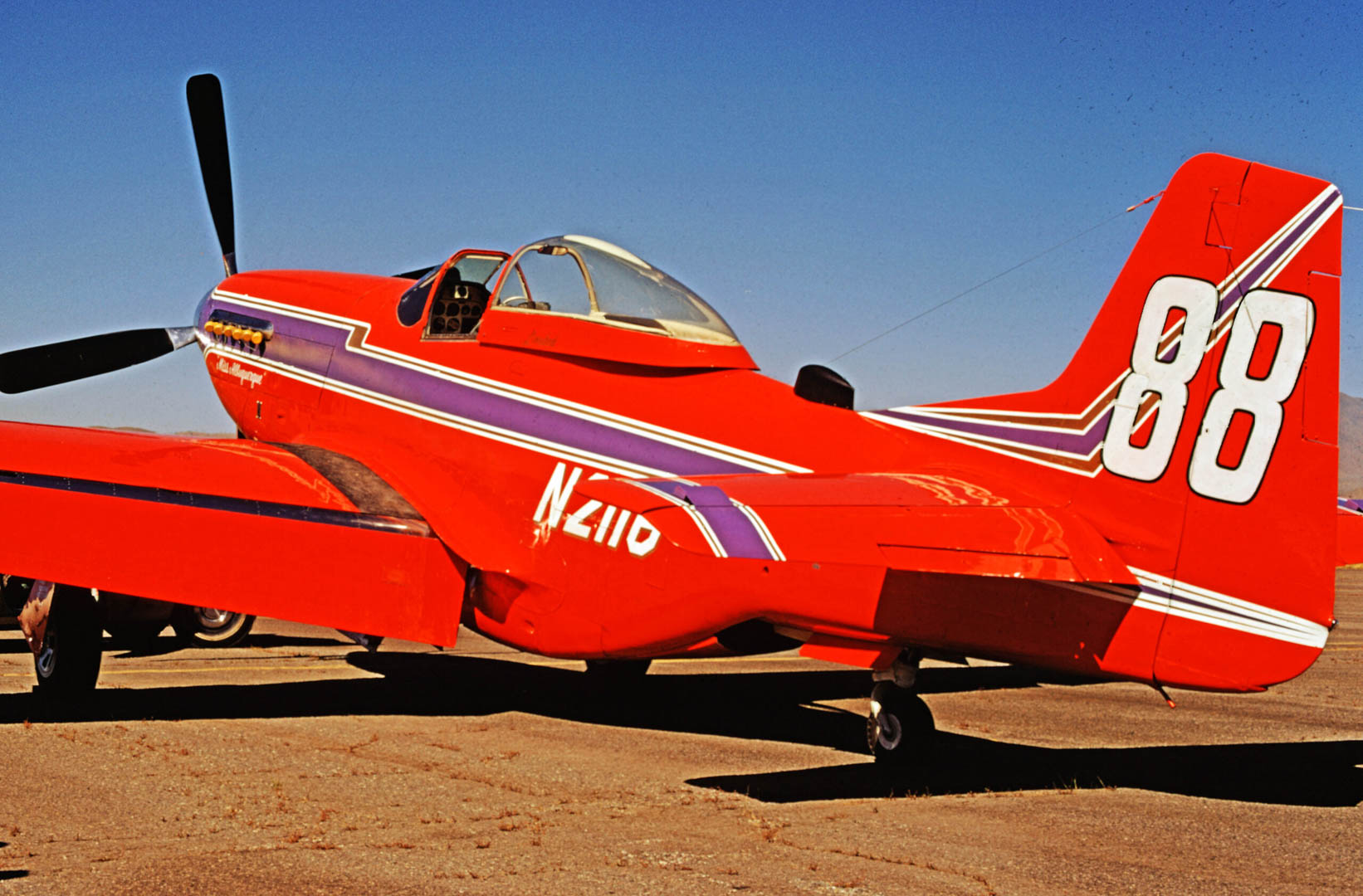
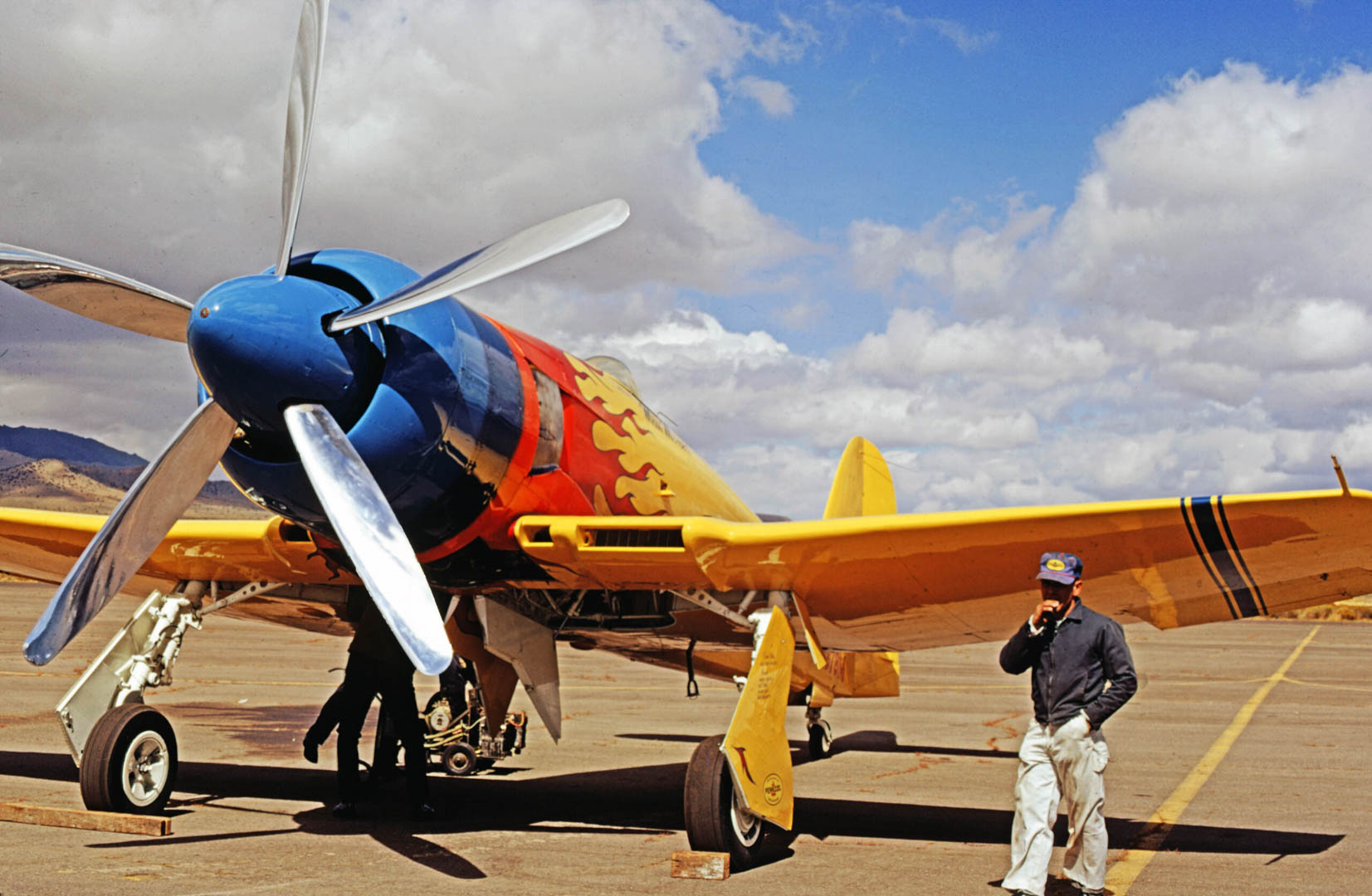
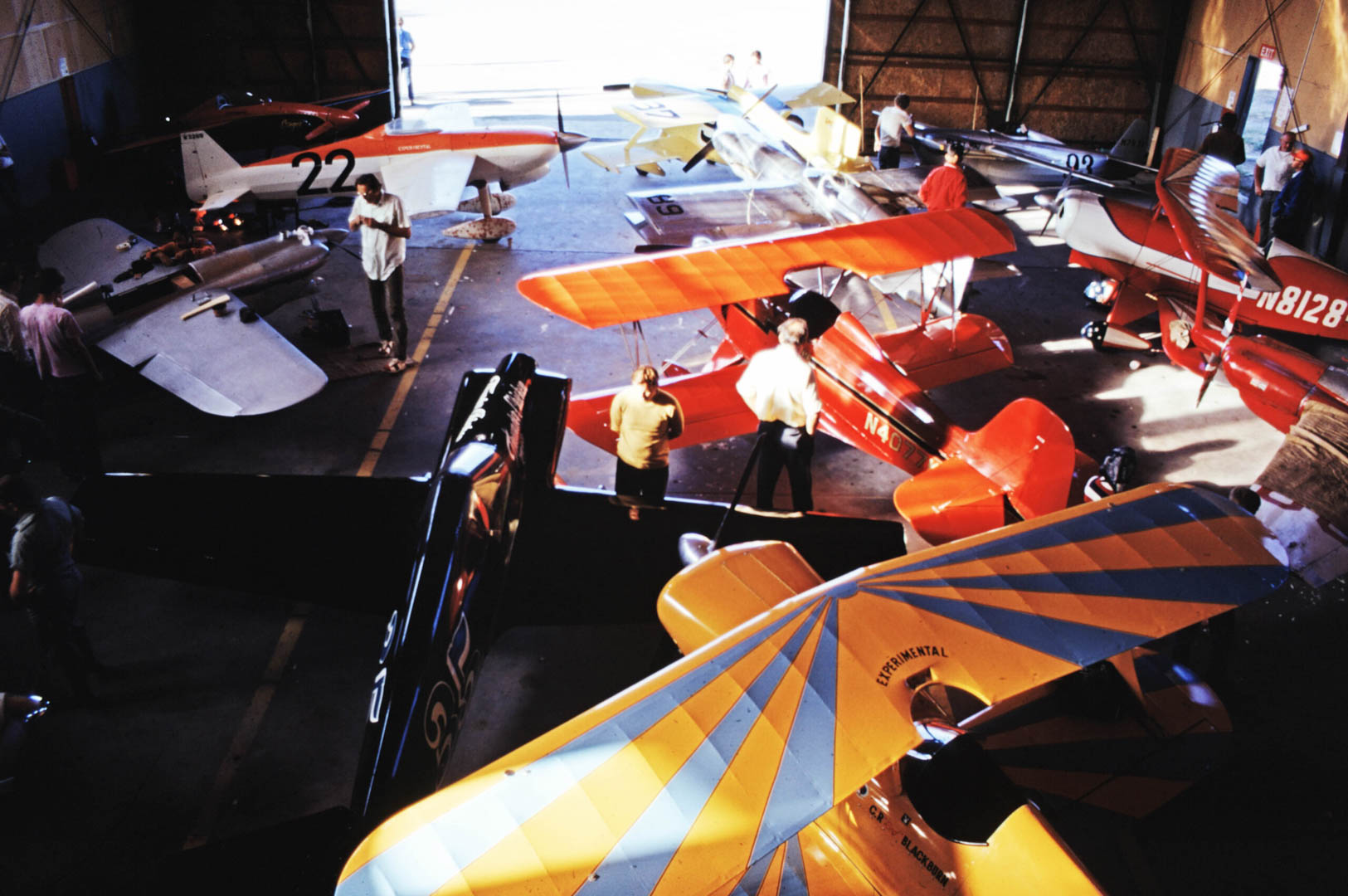
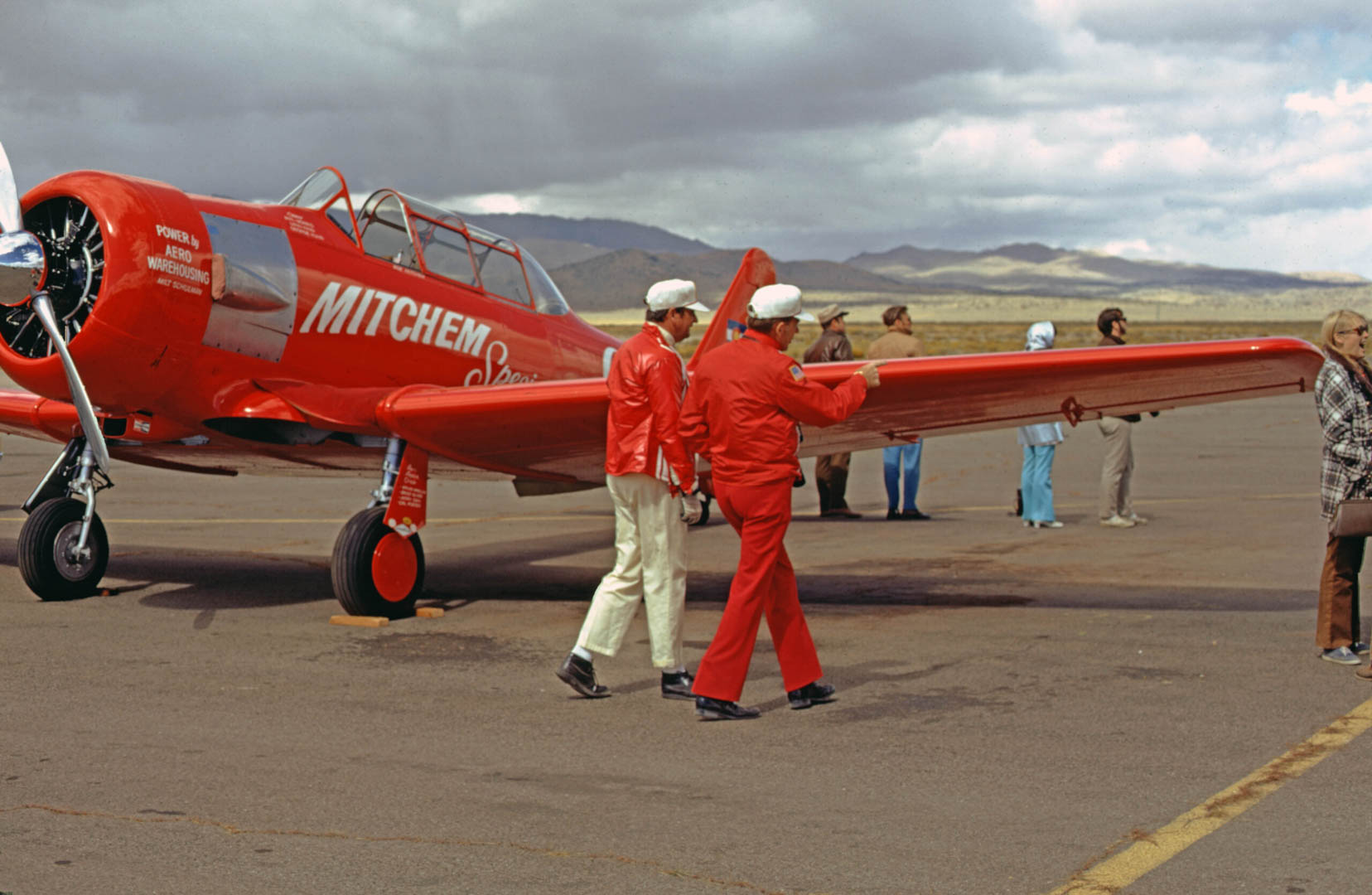
P 38
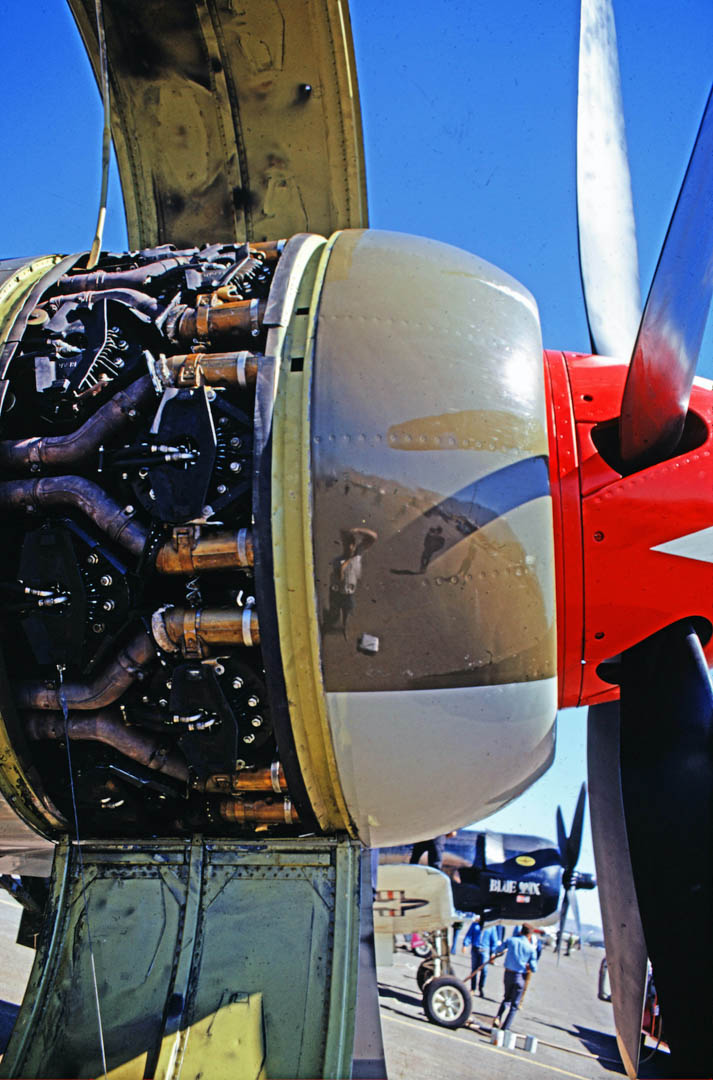

The P51, Rolls powered
Ralph always wanted to build a plane to compete in the unlimited class. That would require a small internal combustion engine developing around 1000 horsepower. He built an aircraft to fill the bill but couldn’t find a sponsor for the engine. He finally decided to adapt the plane to accept a standard aircraft engine and just have an awesome personal plane. I think he succeeded.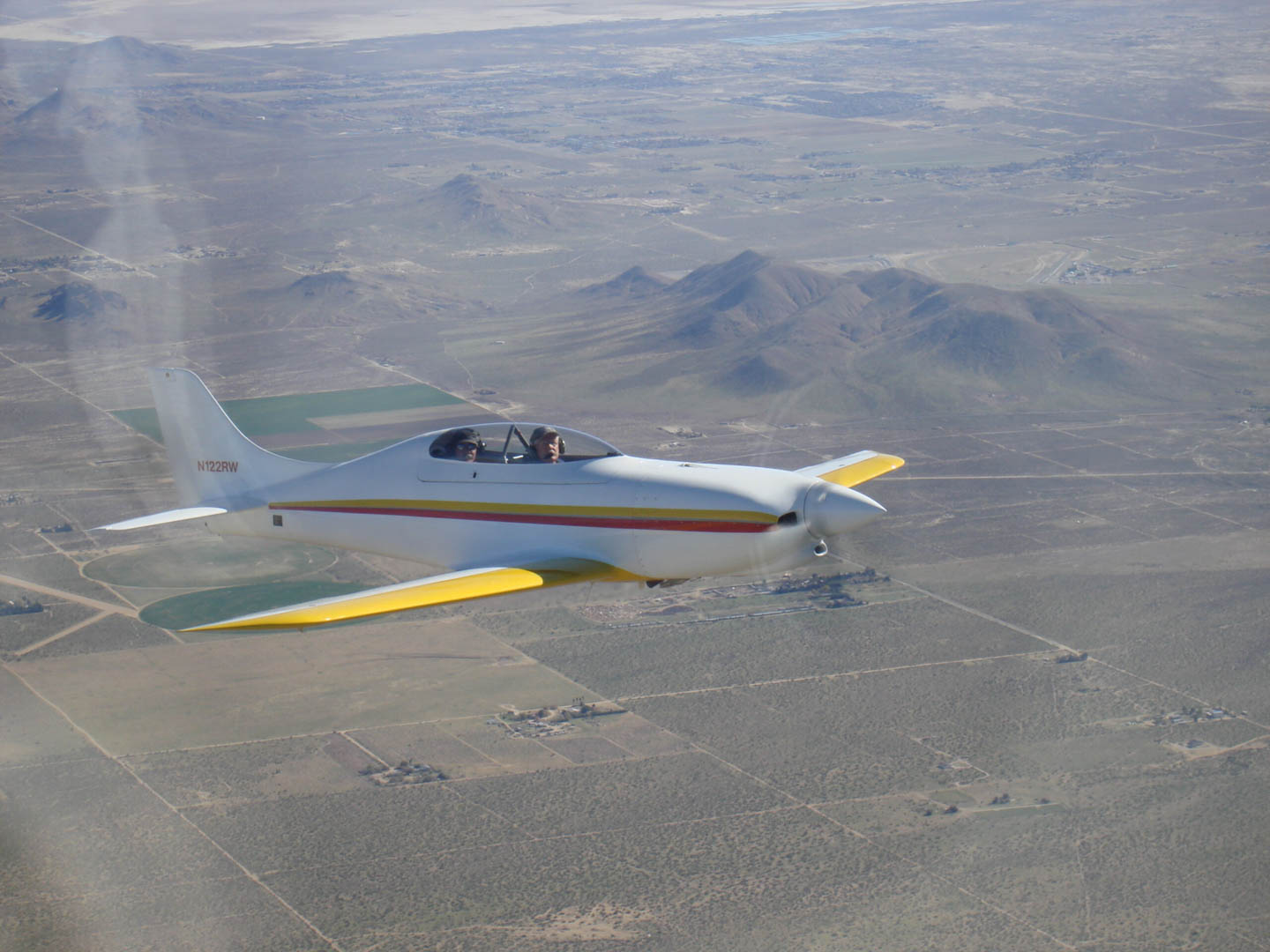
Ralph builds aircraft to this day.
I think my “need to fly” gene was switched on when my uncle Leroy “Bud” Dishman took me up in an Aeronca when I was visiting he and aunt Margaret in Ukiah, CA. I was probably around 7 but it was something that has stuck with me for over 65 years. I sat in the rear seat of the tail dragger, strapped in so tight I had to stretch to see the ground under the wheels. When I asked uncle Bud what it was going to be like he said, “you’ll see the runway go by, faster and faster and then suddenly we’ll be floating.”
He was right. But he didn’t mention how magical it would feel. That moment when we bounced up into the air but didn’t come back down, we really did slip the surly bounds and become temporary residents of the sky. The feeling has always been the same for me on every take off. There is a moment in a helicopter take off where you transition from a hover to forward flight. At a hover the airflow through the rotor system is torus shaped with the rotor head in the center. When you move into forward flight the aircraft shudders and actually drops a little as the air flow changes to an S shape (viewed from the side), entering the rotors path from above at the front and exiting below at the rear. This happens around 18 kts. If you do it slowly you magically transition from a hover into forward climbing flight without adding any power. It goes even smoother if you have enough power to increase pitch right before the shudder. In any case, every takeoff has that moment when I am a little kid lifting off for the first time.
Well, not every takeoff, but if there wasn’t the potential for disaster I suppose it could eventually lose some of the magic. As of this writing I’ve yet to screw up a takeoff, (or landing for that matter) but some weren’t that pretty. I quit a long time ago, while I was ahead.
Bud and Dad
As I have said before, Ralph, Roger and I all knew we would fly. Roger planned to fly for the airlines and started flying on his own in high school. He took Doug Herthel and I on a camping trip where we flew up to Crowley Lake airport near Mammoth Lake in the Sierras. Over Mojave the engine started running very rough and the Cessna 172 couldn’t maintain altitude so we started a slow spiral descent while Roger worked the problem. There wasn’t any worry as we had plenty of altitude to work with and a huge dry lake to land on if need be. There might have been a bit of worry on Doug’s part but he never said so.
Up to this point most of Rogers flying had been in Pipers. After a few thousand feet of slow descent he determined that the Cessna needed more carb heat when cruising at altitude. Once that was resolved we were able to climb back up to 10,500 ft and continue on.
Rog (complete with leather flight helmet) and Doug at Crowley Lake.
Convict Lake, our final destination.
Ralph planned to get rich as a building contractor and buy his own airplane. I planned to go to Oregon State on a ROTC scholarship and fly for the navy. That was in the early 60s and Vietnam was not in our plans.
Back to the early days.
We moved to Calabasas in 1955, I was 7. Soon thereafter, an Army H23 helicopter landed in the field next to our house. Totally built up today, it was mostly vacant land in a development called “Craftsman Center”. The pilot, an Army captain, was making a precautionary landing because he was being forced lower and lower by the overcast. He was following Hwy 101 and knew he was close to the top of the Calabasas grade that climbed out of the San Fernando Valley and descended to Las Virgenes Rd on the other side. He was concerned with both the clouds extending to the ground and the electrical lines crossing the highway at the top.
He ( Captain Cody, I believe ) stayed with us that night and he was able to continue his flight north the next day. Before he left he gave me a “ride” in the helicopter. I think it was just a bit of fast hovering but it was a ride to me; I was 7 or 8. I don’t think my brother got a ride but I’m not sure. I do remember it was written up in the local paper complete with photo of us at a hover in the field. Since all we did was hover around in ground effect, it didn’t surpass that first flight but it was still pretty cool.
Soon thereafter I began to read flying magazines, Ralph would buy them and let me read them too. “Flying” magazine was all about the latest designs and tech. Nice but I never dreamed of owning or flying anything that expensive. “Air Progress” magazine had the newest stuff too but it also had lots of articles about the fun side of flying. Soon I was buying my own copy the day they hit the newstand and finally I got a subscription so I would get it before the newstands.
There was a regular column by a little known writer named Richard Bach. I couldn’t get enough of this guy’s writing; he got it. All the other writers would go on about the wonderful aspects of some favorite airplane or how some pilot violated one of the many rules governing safe flight yet lived to tell us to never do what he had done. None of them would address the emotions evoked when you firewalled the throttle and leaped off the runway, accelerating through the forces holding you down and back, to shed the limits of groundlings and fly. It was like admitting that flying was a thrill was showing immaturity. Responsibil pilots didn’t give in to the urge to fly under bridges or buzz coyotes while inverted. They were right, of course, because those things often immediately preceeded a fatal crash. Or as Ralph used to phrase it, “Yet another pilot tieing the world’s record for low altitude flight”. Richard Bach never advocated foolish or risky flying but he was never afraid to embrace the emotions of flight.
When I first read “Jonathan Livingston Seagull” it was obvious; he was talking directly to me. It reminded me of a book my father had given me to read when I was 7 or 8. It was about a boy that wished he could fly. He wished so hard that he actually flew. Jonathan Livingston Seagull was telling me how it felt to fly. If I could fly I would have been just like him. Screaming down in a terminal velocity dive, pulling Gs to level out and blast through the flock of fuddy duddies then up into an eight point victory roll. They could use the gift of flight to catch fish, He used it to live. I did a lot of living in Vietnam.
One of the best memories I have of flying was in Vietnam. It was one of those days when nothing was going as planned. I was flying in the back section of a flight of six. We were running combat assaults most of the morning it looked like it was going to be another long day. Troops were in contact and it felt likely to blow up at any time.
We had just refueled and loaded up with troops for the next assault when Yellow one tells us that we are going to climb up and orbit while the infantry brass decide the best place to insert our grunts. We come up sections in trail (three sets of two aircraft in trailing formation, it looks like two side by side rows of three aircraft with the right row slightly behind the left) this is how part of it looks in flight from the gunners seat in Yellow 3.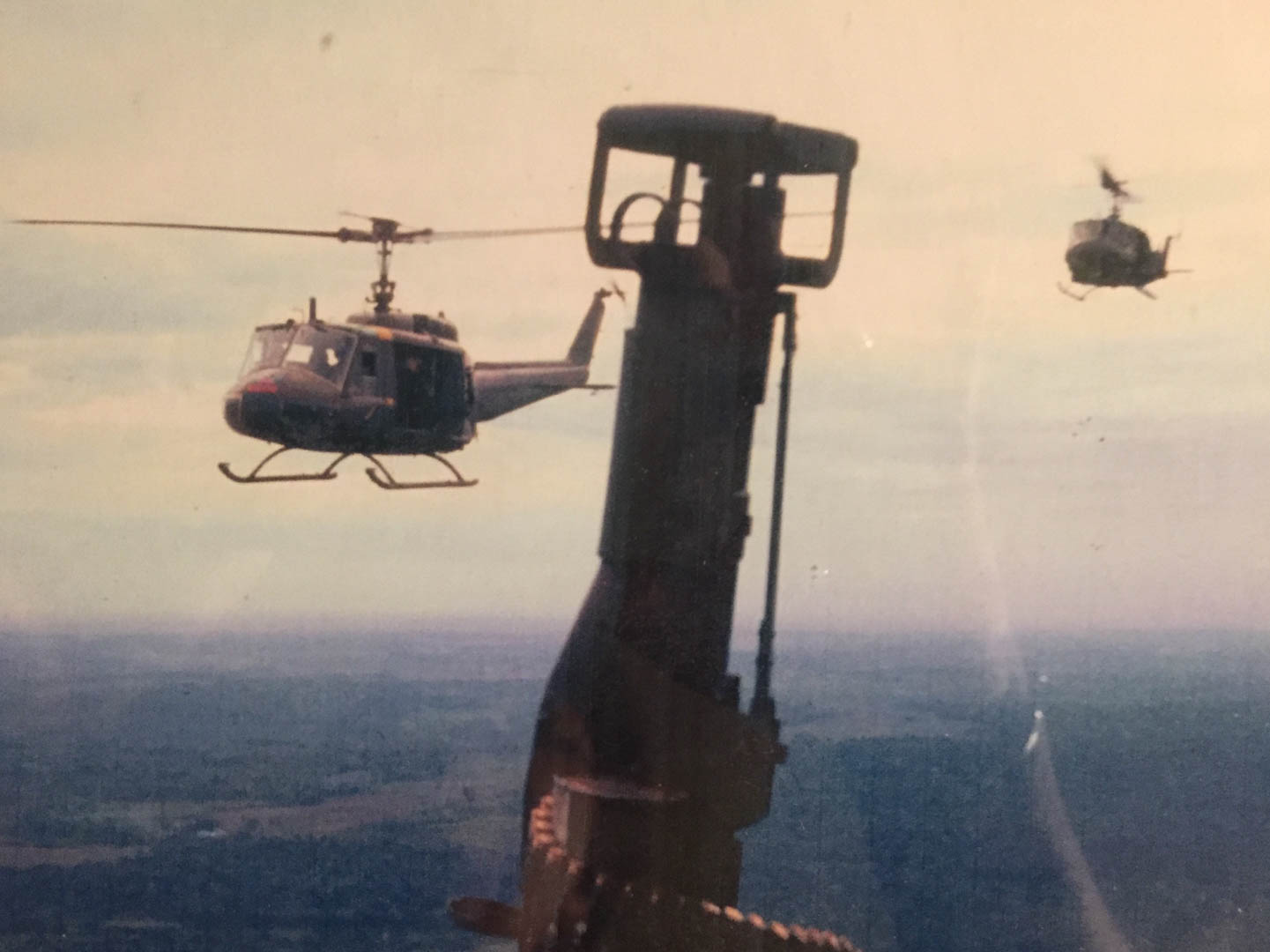
Anyway, unlike the photo, the weather was perfect. Mid morning and the low clouds had started to lift, breaking up the overcast and forming towering cumulus. The air between the clouds was perfectly clear and still smooth. We flew along about midway between the bases and the tops of huge billowing columns of stark white cauliflower clouds. The clear bright sun provided sharp contrast and shadows on the sides. We flew gentle S turns through the tall narrow canyons with unbelievably bright blue above and unbroken green below.
It felt like the war was a million miles away, eventually I noticed that not a word was being spoken over any of the many radios we constantly monitored. The continuous sounds of war and nervous chatter that kept our minds on track and mission aware were put on hold while we flew in awe of the unfolding scene. My copilot was flying while I worked the radios and I realized he was missing this. In formation the pilot flying the aircraft has to concentrate 110 percent on the wingman, lest the two aircraft embrace. So, I said,”I’ve got it, check out the scenery”. He did and said something to the effect that we really needed some music to go with this. Yes, Bach or The Doors would have been perfect.
Later we would reflect that we were privileged to experience what few on this earth ever would, especially in the middle of a war.
I haven’t flown for some time now and I can honestly say I don’t miss it. It was a good run and it ended well. The memories are good enough for me now. What sweet memories they are. When I hear some young person planning to take up flying I recall something I heard long ago, (author unknown) “I recommend cocaine, it is cheaper and less addicting.”
I wish you all happy and safe flights, the weather is perfect for it.
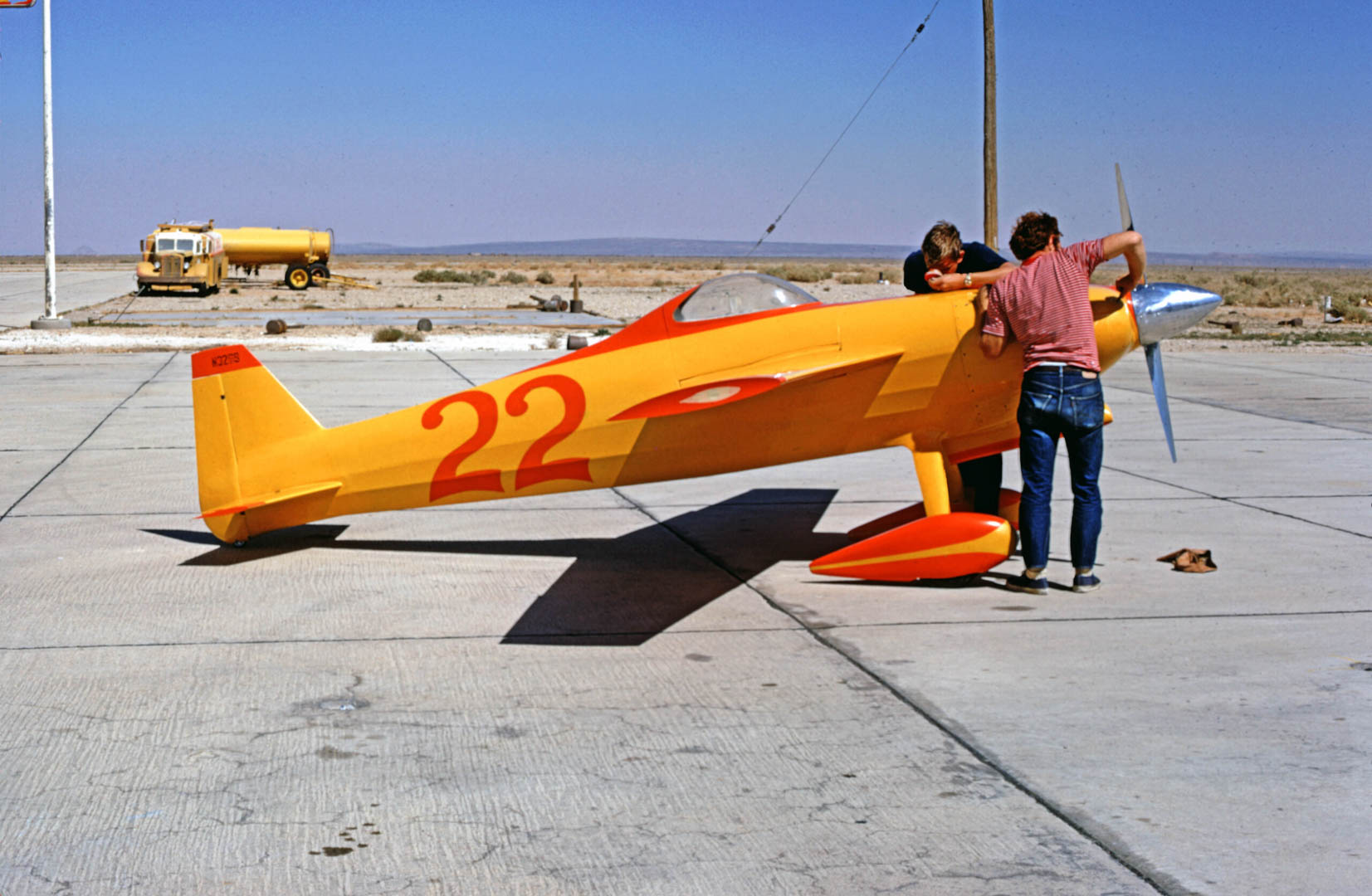
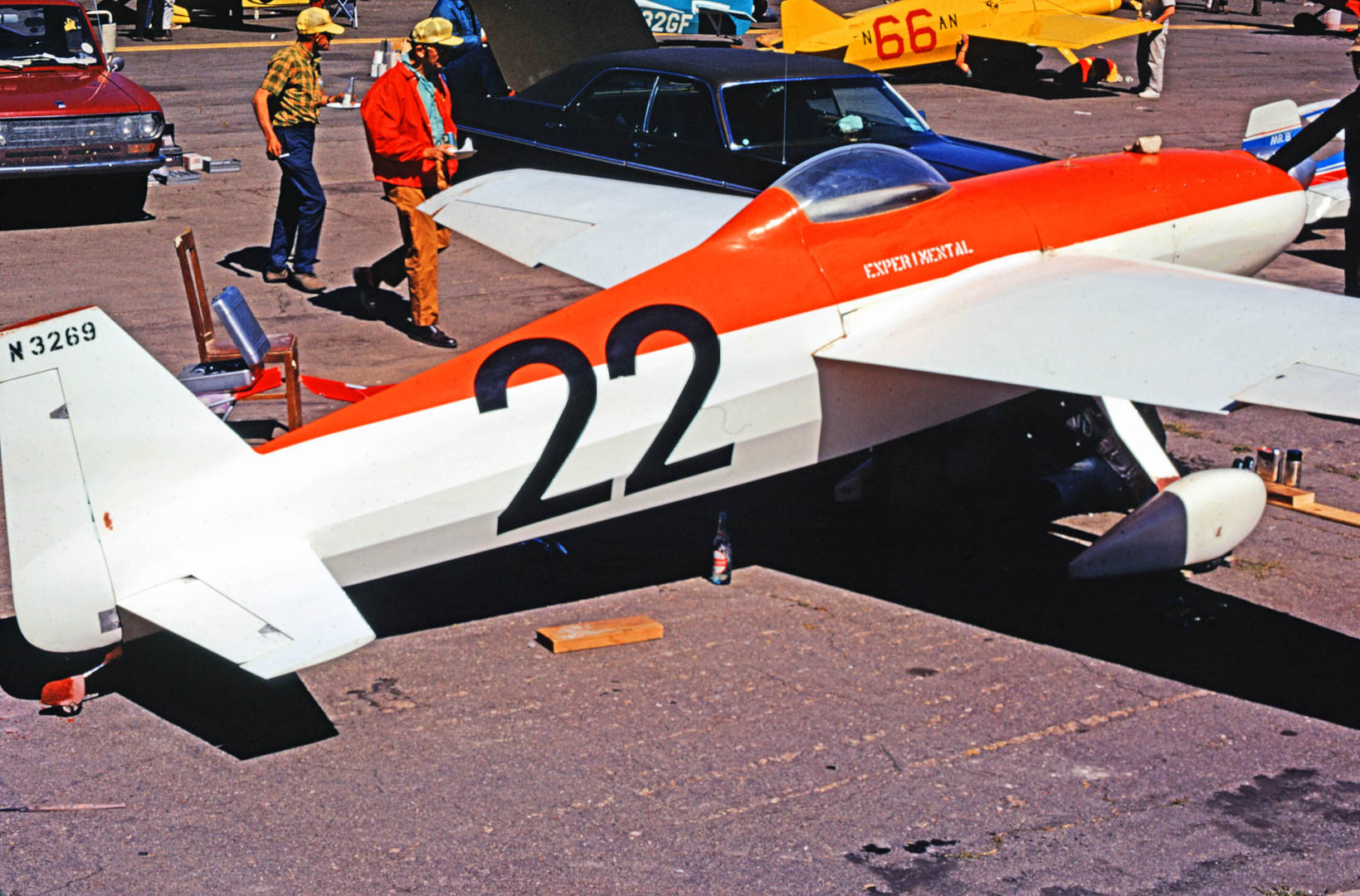
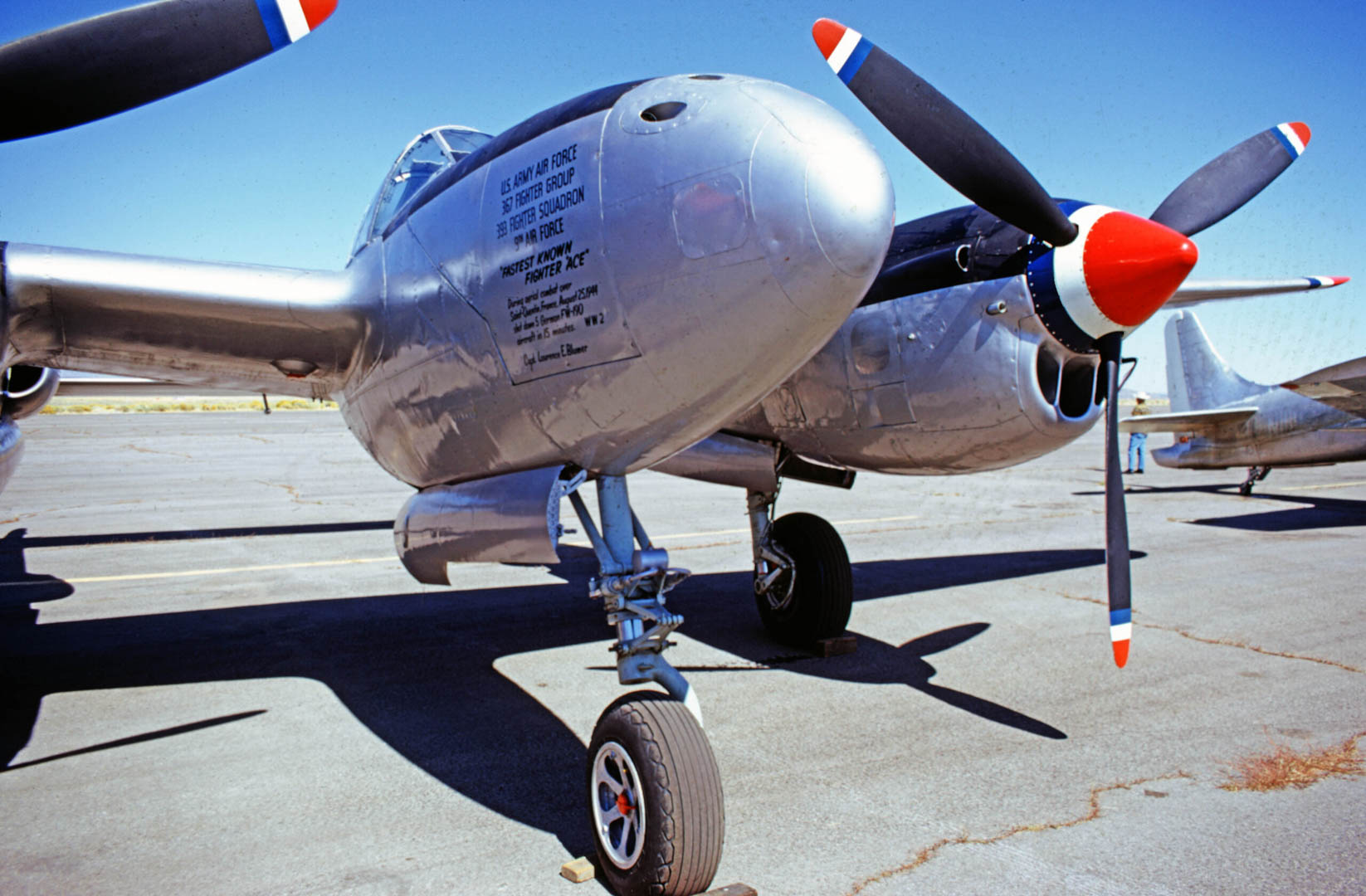
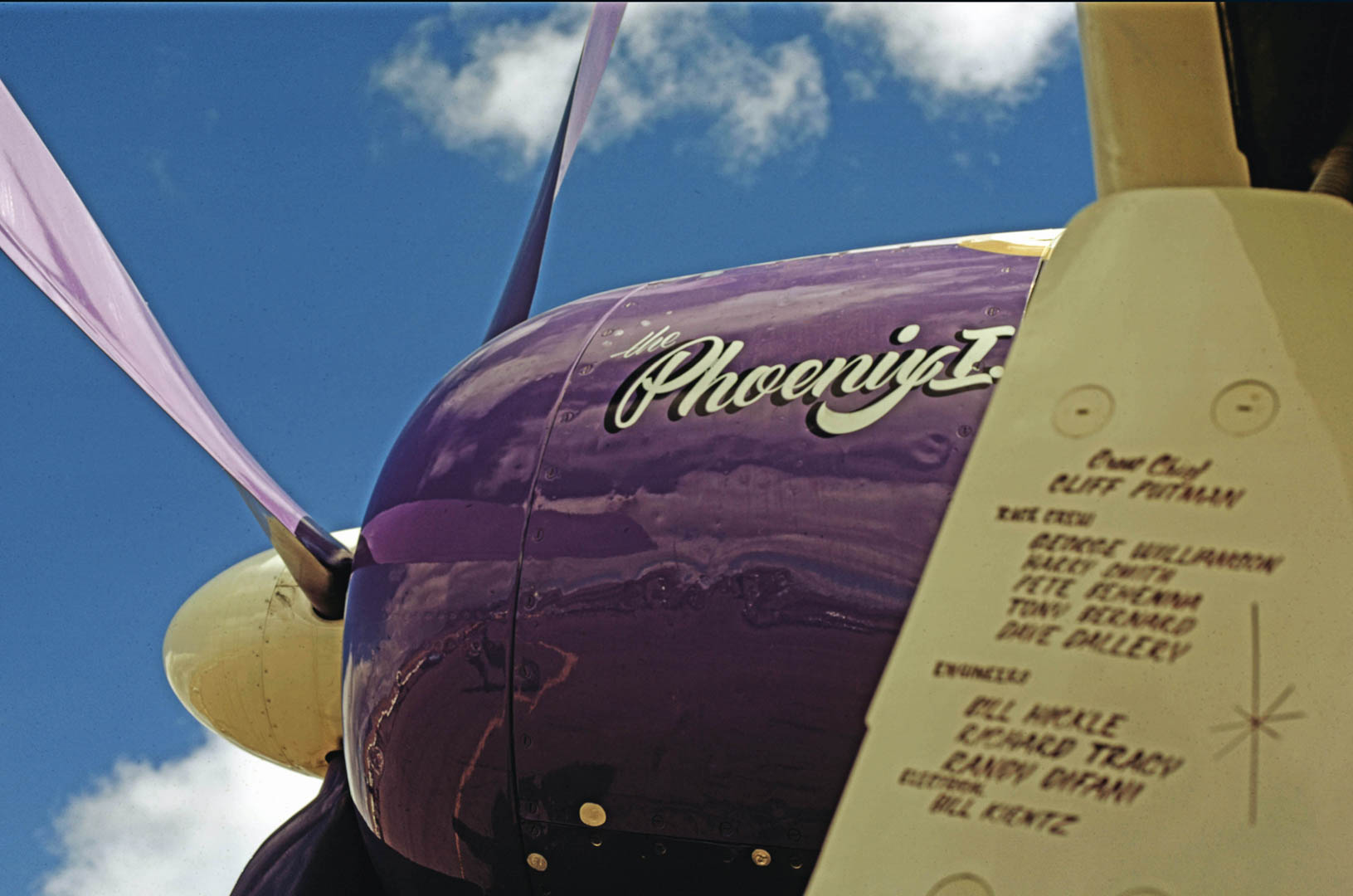
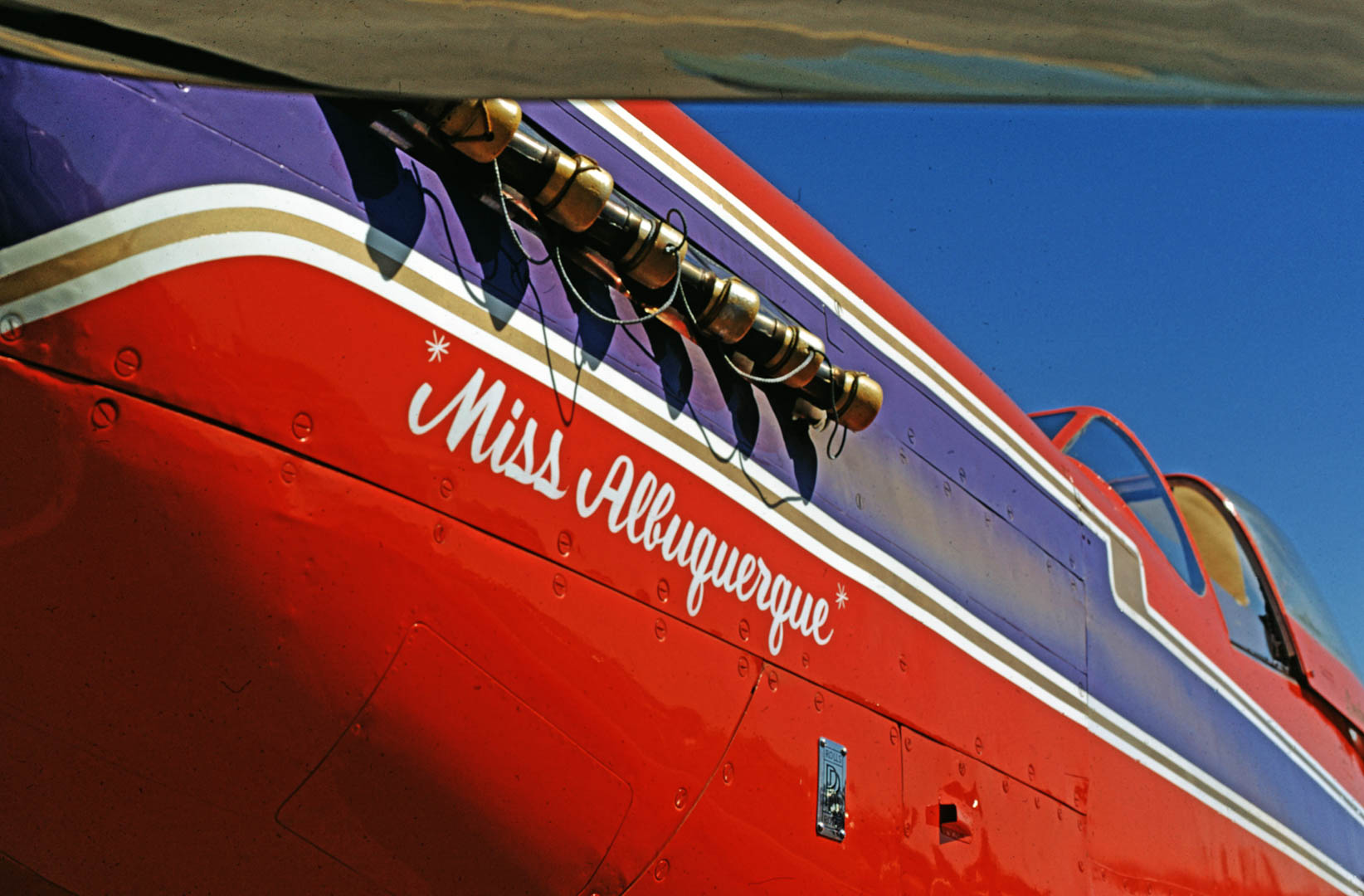
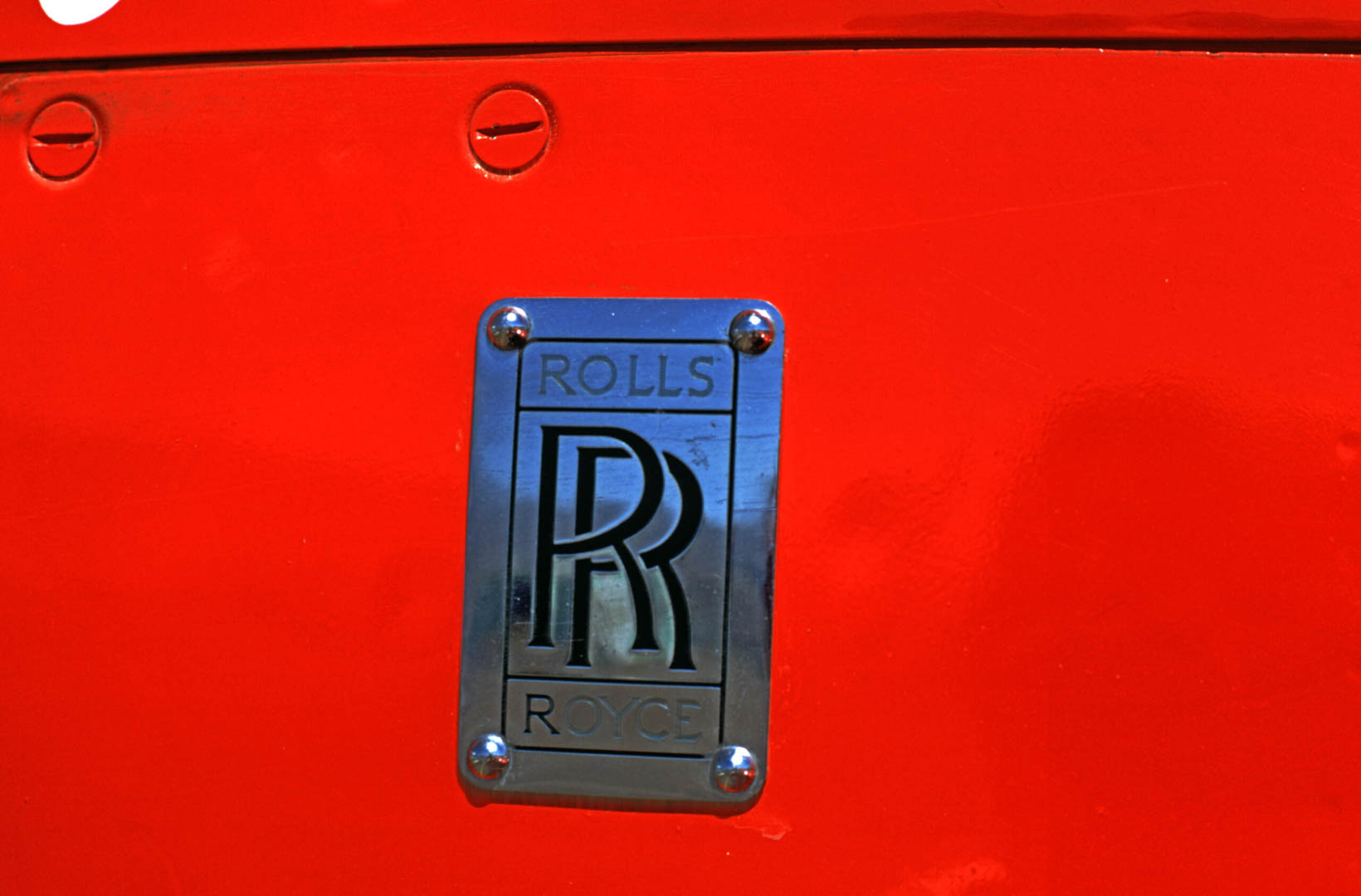
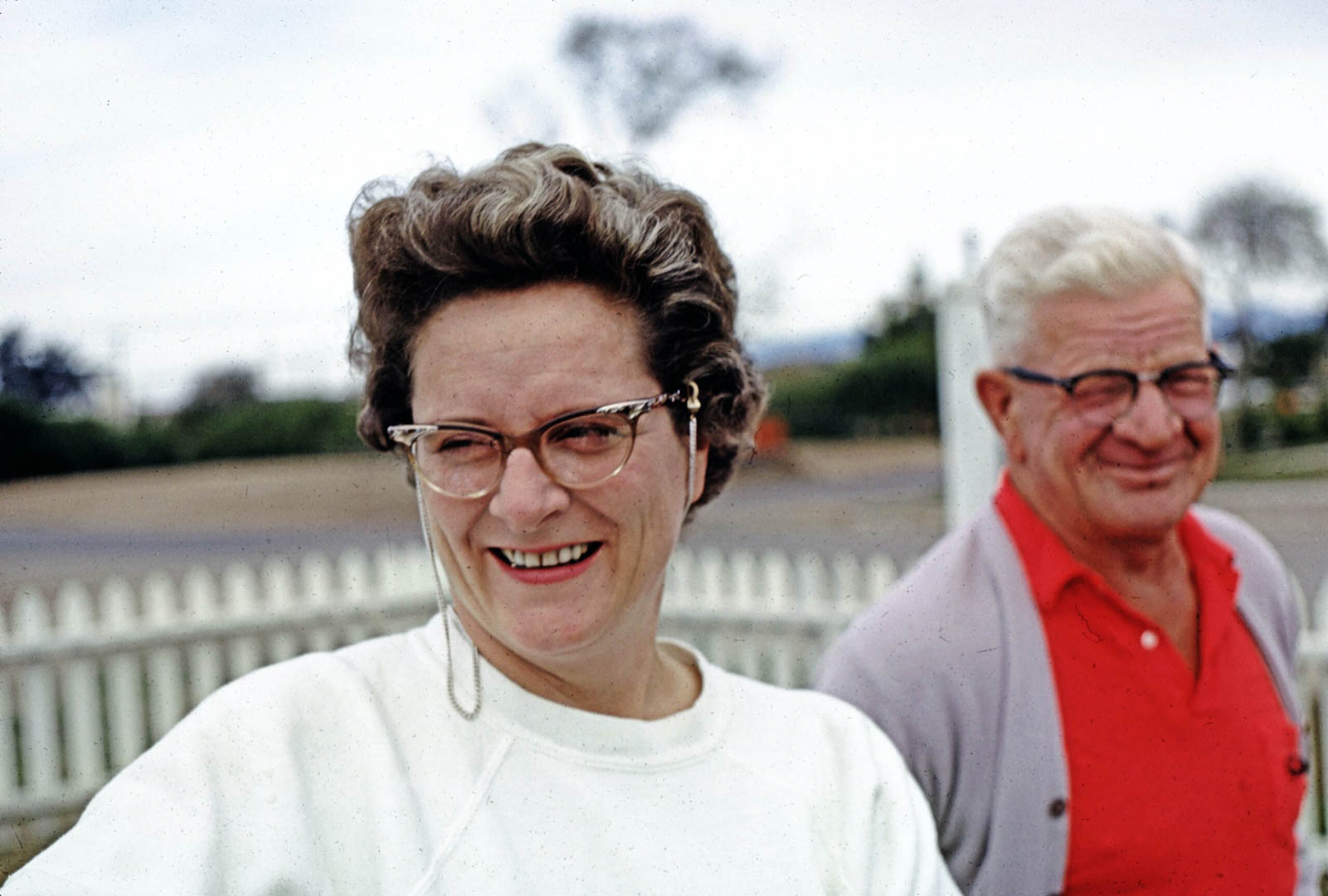
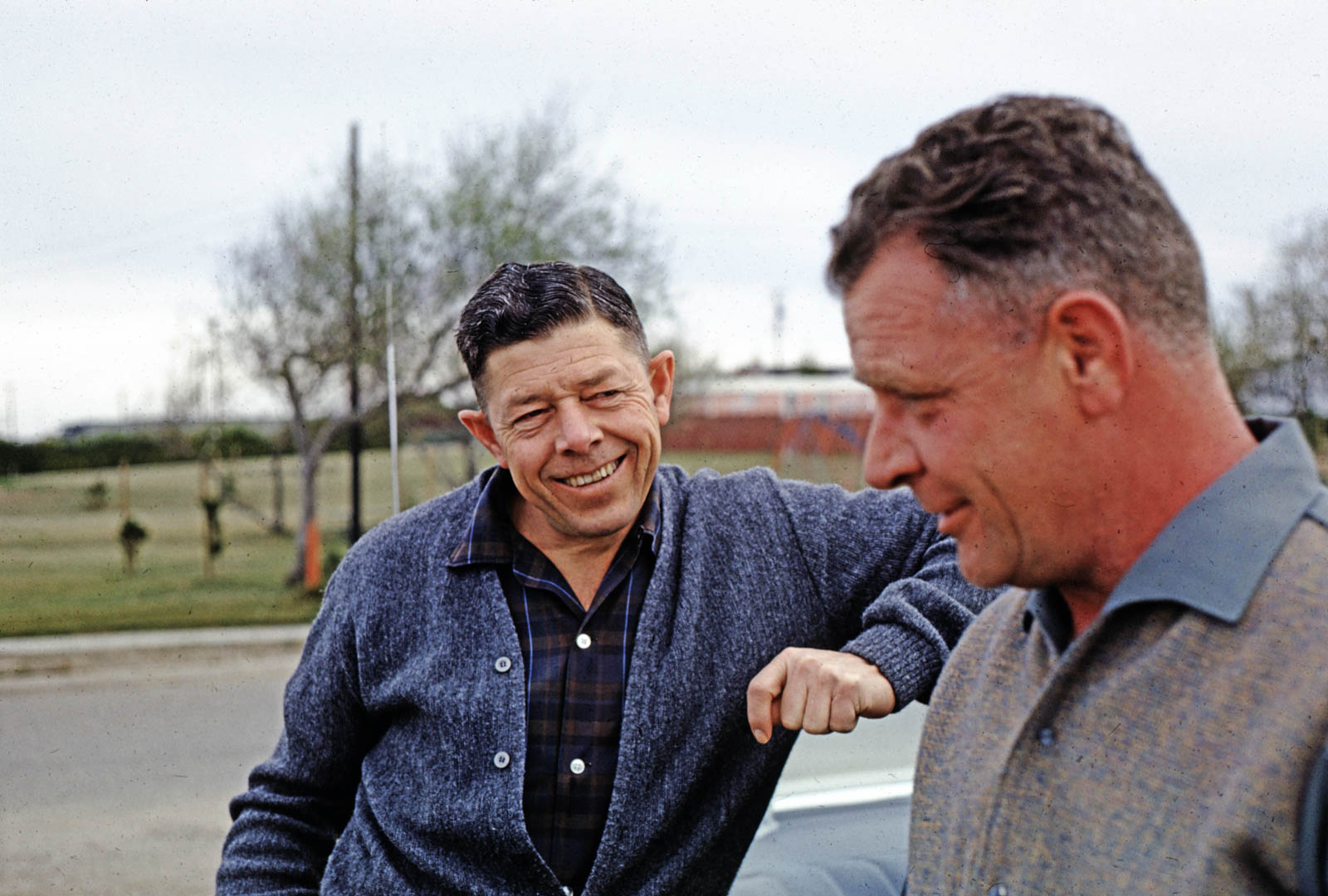
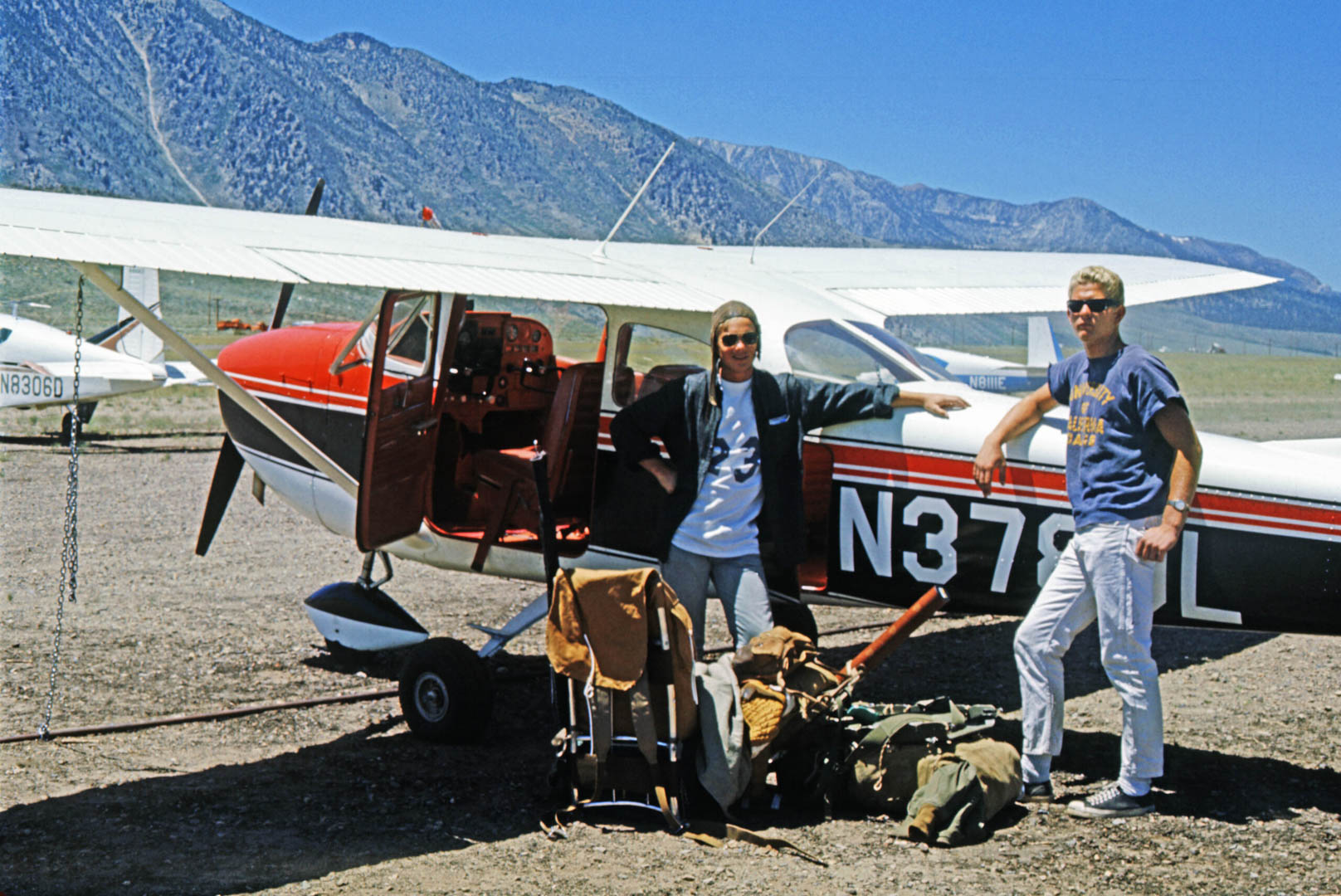
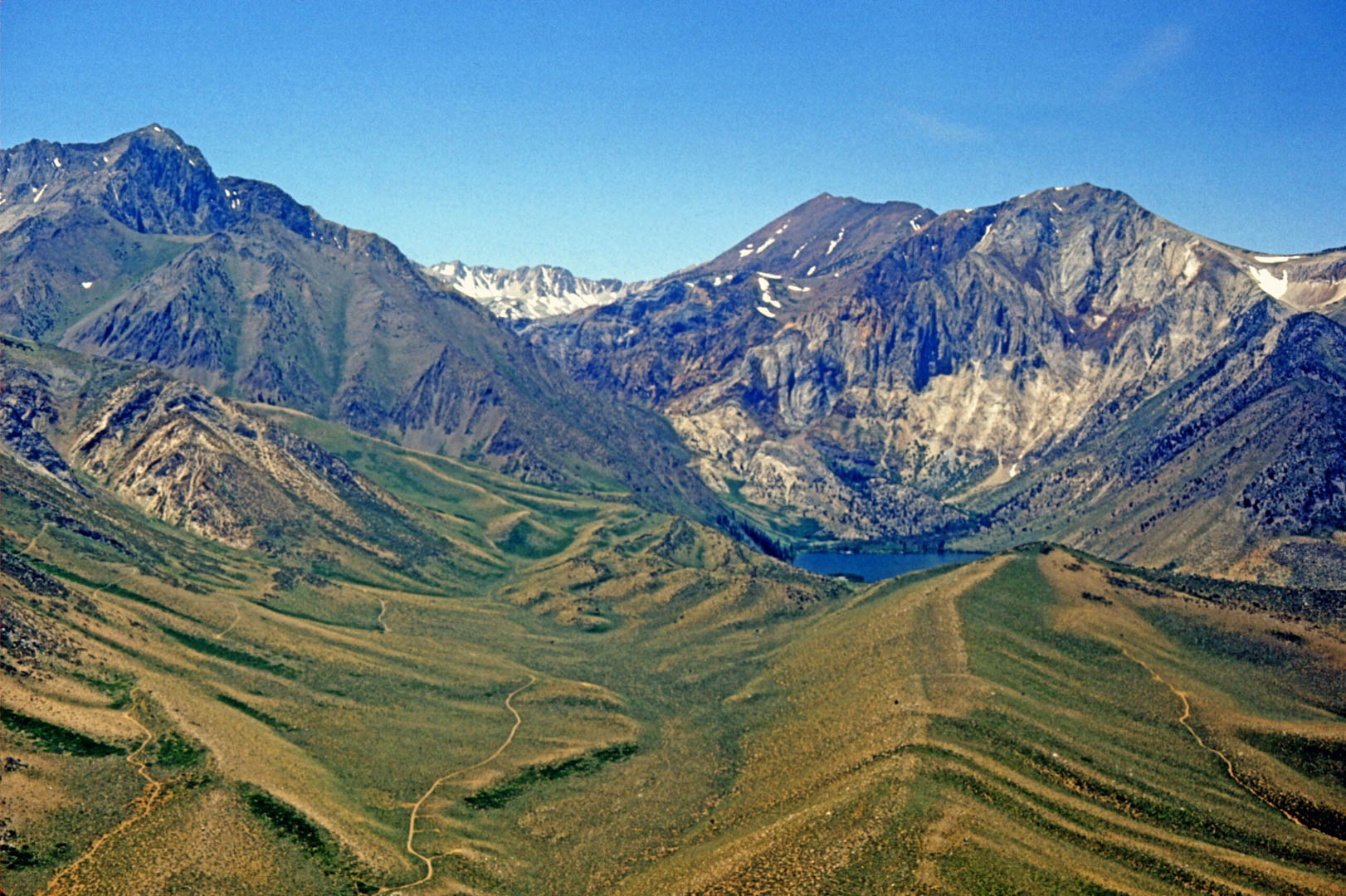
Well written! It brought back many forgotten memories for me. Thanks Troy!